 You kids today with your iTunes and your iPods and your customized playlists, burned CDs, and superslick Photoshoped homemade CD covers think you’re pretty hip, eh? Well nobody will ever out-hip Mr. Louis Armstrong who was making and decorating mix tapes before such a thing even existed. As if Satchmo needed one more claim to greatness, one more way in which he pioneered cool and brought it to the masses, it turns out the man was something of a dabbler in the visual arts, in particular creating and designing homemade cut and pasted (and yes, that’s “cut and pasted” not “clicked and dropped”) covers for mix tapes and bizarre sound collage records which he made just for fun.
You kids today with your iTunes and your iPods and your customized playlists, burned CDs, and superslick Photoshoped homemade CD covers think you’re pretty hip, eh? Well nobody will ever out-hip Mr. Louis Armstrong who was making and decorating mix tapes before such a thing even existed. As if Satchmo needed one more claim to greatness, one more way in which he pioneered cool and brought it to the masses, it turns out the man was something of a dabbler in the visual arts, in particular creating and designing homemade cut and pasted (and yes, that’s “cut and pasted” not “clicked and dropped”) covers for mix tapes and bizarre sound collage records which he made just for fun.
Word has it that while traversing the globe, Louis did not travel light, lugging with him reel to reel tape recorders everywhere he went so that he could record whatever he wanted, including favorite songs, conversations, concerts, his own music and words, and whatever other sounds caught his fancy. And then, like any good mix taper, Armstrong went nuts with the scissors and the tape creating collaged artwork for the cover of his tapes (and if you’ve seen reel to reel tape boxes then you know what a great sized canvas they make for inspired art–plenty of room to stretch out and play, unlike the CD inserts and–gasp!–old school cassette sleeves of more recent mix taping days).
Armstrong’s collages featured everything from photos, news clippings, 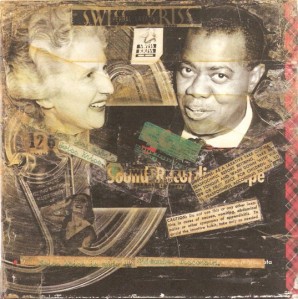 handwritten notes, concert programs, advertisements, bits of old greeting cards and movie stills, as well as frequent references to marijuana and Swiss Kriss (Armstrong’s laxative of choice). Sounds a lot like the crushed-out mix tape covers you spent hunched over hours on in your bedroom back in high school and college, right? (Um, apart from the laxative bit, that is).
handwritten notes, concert programs, advertisements, bits of old greeting cards and movie stills, as well as frequent references to marijuana and Swiss Kriss (Armstrong’s laxative of choice). Sounds a lot like the crushed-out mix tape covers you spent hunched over hours on in your bedroom back in high school and college, right? (Um, apart from the laxative bit, that is).
Well, like most things, Louis did it first and showed us the way. And as the man himself humbly describes his craft: “Well, you know my hobbie (one of them anyway) is using a lot of scotch tape. My hobbie is to pick out different things during what I read and piece them together and [make] a little story of my own.”
For more information on Mr. Armstrong’s art of the mix tape, including pictures of some of his creations, check out the Spring 2008 issue of The Paris Review or stop by the library to place a hold (or do it all by your lonesome online at epl.org) on Steven Brower’s book Satchmo: The Wonderful World and Art of Louis Armstrong. And if you’re feeling particularly inspired, put on a pot of Louis Armstrong’s Red Beans and Rice (tomorrow is Fat Tuesday after all), fire up the old cassette deck (or the old iTunes), and make up some mix tape goodness of your own. Mmm . . . just like Louis used to make.
 Library of America, which publishes classic American literature, has announced that it will offer e-books starting in 2011. It will have 30 titles available for the Kindle, the Nook, and the Sony Reader. The list of titles will be available on LOA‘s website in January.
Library of America, which publishes classic American literature, has announced that it will offer e-books starting in 2011. It will have 30 titles available for the Kindle, the Nook, and the Sony Reader. The list of titles will be available on LOA‘s website in January.



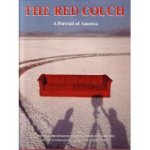
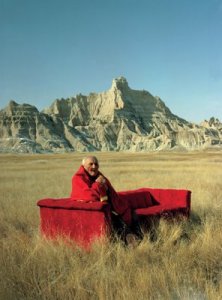


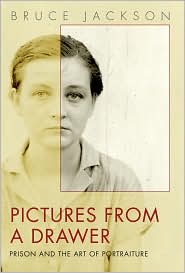
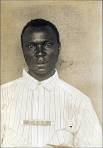 But Jackson has done powerfully right by the subjects
But Jackson has done powerfully right by the subjects 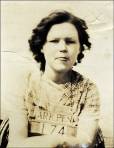 here–they still remain nameless, but he has restored to them some of their humanity and their dignity. And to look upon their inscrutable faces and to return the stares of these long vanished human beings is to be sucked into a dark and teeming well of human emotion, surrounded by every permutation of grief, anger, fear, defeat, and defiance imaginable. These photographs are haunting and absolutely mesmerizing, capturing not just visible light on the film’s emulsion, but also burning the lives and stories of these lost individuals onto the images.
here–they still remain nameless, but he has restored to them some of their humanity and their dignity. And to look upon their inscrutable faces and to return the stares of these long vanished human beings is to be sucked into a dark and teeming well of human emotion, surrounded by every permutation of grief, anger, fear, defeat, and defiance imaginable. These photographs are haunting and absolutely mesmerizing, capturing not just visible light on the film’s emulsion, but also burning the lives and stories of these lost individuals onto the images.